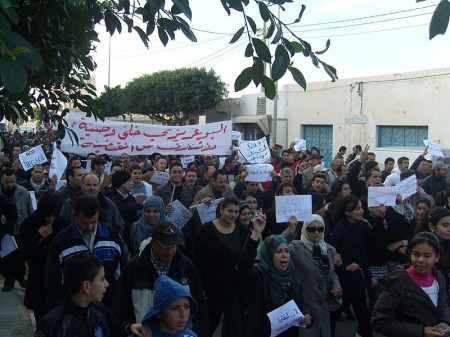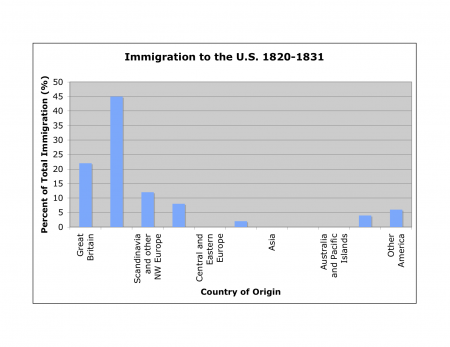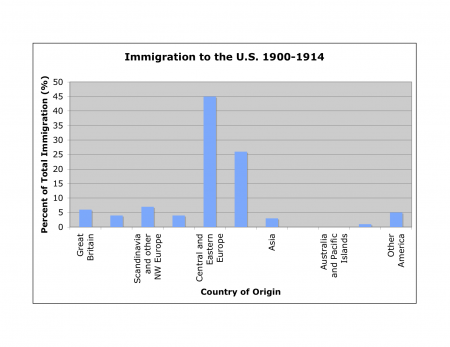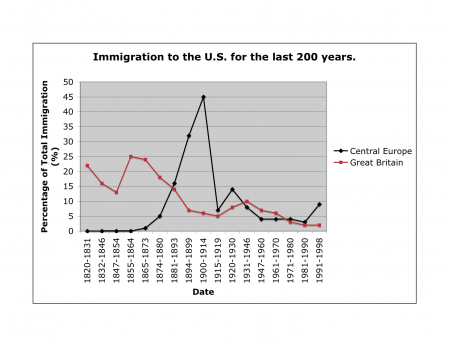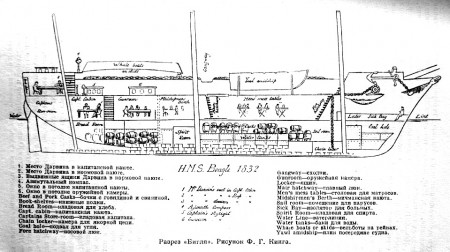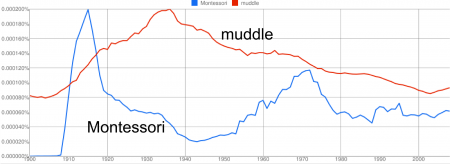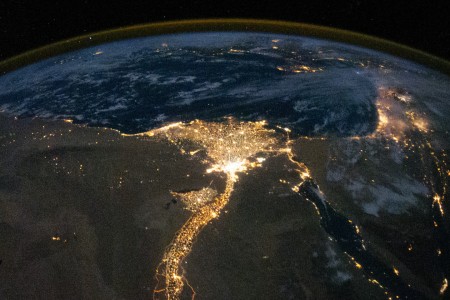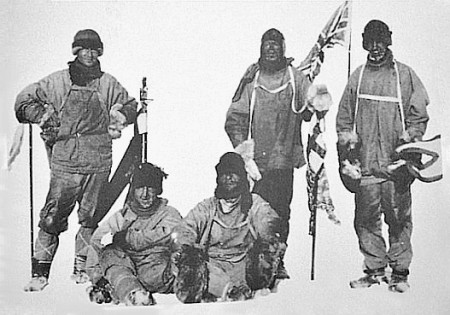(via The Daily Dish)
What protests look like:
See also:
- Summary of the last two days’ protests.
- The United States’ support for Egypt.
- What happens when you’re arrested by the state security service. (warning: contains one quote with vulgar language)
UPDATE: We just watched the video over lunch, and it actually resulted in a very good discussion. Our morning novel discussions have been useful here, in helping us see the multiple perspectives of the actors in the street protests: the protesters and the police. After all, the police have families too.
I gave a little spiel at the beginning, to set the stage and to point out the potentially historical nature of these protests. Democracy spreading through the middle east has huge implications for a country fighting two wars in the region; not to mention the blowback from these conflicts.
The truth of the anger of the protesters in the video seemed to resonate, making poignant what could have appeared farcical. The music and the Kennedy quote also helped my students identify with these events in such a far off place.
We also touched on the role of the U.S. in supporting the Mubarak government, and the potential of the uprising to lead to an anti-US, muslim fundamentalist government (via the Muslim Brotherhood). We still need to talk about what the US should and can do to support democracy in this situation, which is so full of conflicting imperatives.
